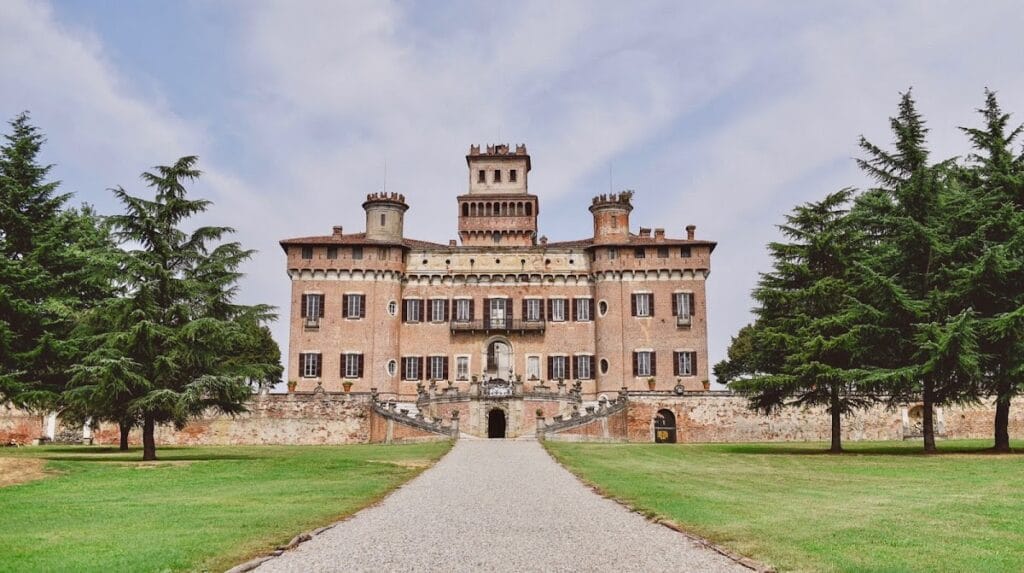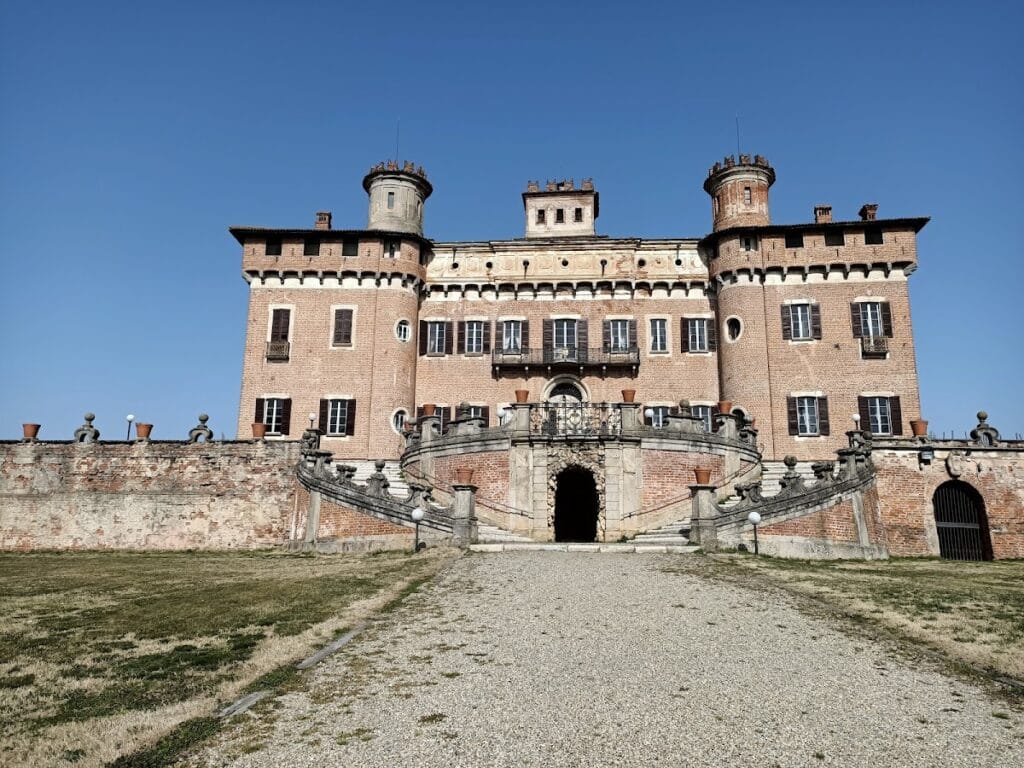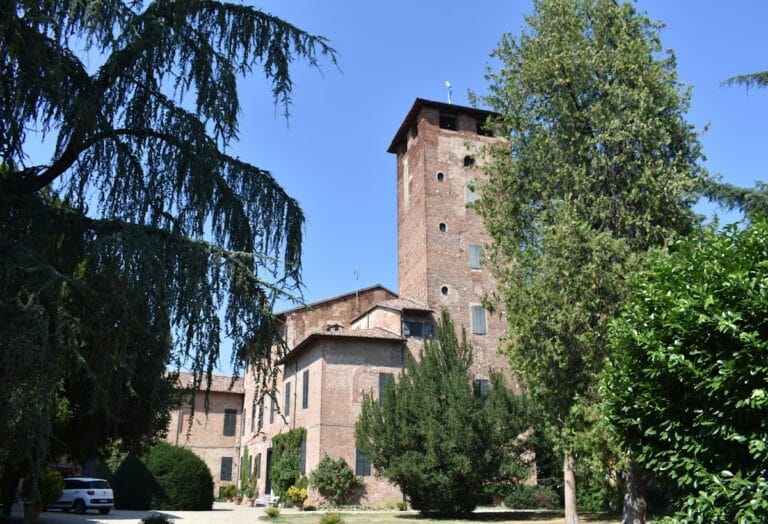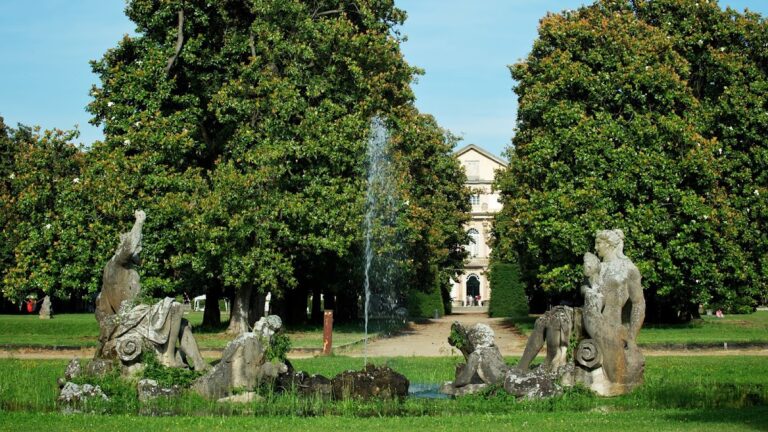Chignolo Po Castle: A Historic Fortress and Noble Residence in Italy
Visitor Information
Google Rating: 4.6
Popularity: Medium
Google Maps: View on Google Maps
Official Website: www.castellodichignolopo.it
Country: Italy
Civilization: Medieval European
Remains: Military
History
Chignolo Po Castle is located in the municipality of Chignolo Po, Italy. This defensive structure has origins linked to medieval civilization and was strategically positioned along the historic pilgrimage route known as the Via Francigena.
The site first gained prominence in the late 10th century, as recorded by Archbishop Sigeric in 990. He identified the nearby Abbey of Santa Cristina and its accompanying castle as a resting place, or mansio, on his journey toward Rome. During the 13th century, the original medieval fortress underwent a thorough reconstruction, reflecting the defensive needs and architectural styles of that period.
Surrounding the castle, a fortified village known as a Ricetto developed to the north. This settlement took on a defensive character and was entirely rebuilt in the 17th century. The redesign included features such as a moat, two guardhouses, and four towers positioned at the village’s corners, collectively forming a cohesive architectural complex.
Ownership of the castle and its adjacent lands evolved over time. Initially under the control of the monks from the nearby Abbey of Santa Cristina, it later came into the possession of the Pusterla family, followed by the Visconti family, a prominent name in the region’s history.
In the early 18th century, significant transformations occurred under Cardinal Agostino Cusani Visconti, who held the position of papal ambassador to both the Republic of Venice and the French court of Louis XIV. Between 1700 and 1730, he commissioned extensive expansions that shifted the castle’s function from a purely military fortress to an elegant residence fit to host dignitaries such as popes, emperors, and kings.
The redesign was executed under the guidance of architect Giovanni Ruggeri and involved the collaboration of skilled Venetian and French craftsmen. These renovations introduced a vast park of approximately thirty hectares, alongside the construction of a Baroque building known as the Palazzo del Tè or Palazzina della caccia—located at the heart of the grounds.
Inside, the castle’s main halls were richly decorated with stuccoes and paintings executed by artists associated with the Tiepolo school, illustrating the era’s artistic tastes. The eastern wing was specially constructed to provide accommodations, including a dedicated papal apartment for Clement XI and guest rooms where notable figures like Napoleon Bonaparte and Emperor Francis I of Austria stayed.
After Cardinal Cusani’s death in 1730, ownership of the estate passed to the Sovereign Military Order of Malta. Due to its grandeur and illustrious visitors, the castle earned the nickname “the Versailles of Lombardy,” underscoring its prominence among the region’s noble residences.
Remains
Chignolo Po Castle presents a complex composed of four major buildings arranged around a central mastio, or keep, which served as the fortress’s core defensive element. Access to the mastio is gained from the north through a tall entrance tower, emphasizing its fortified nature. Enveloping the keep is a loggia, a covered gallery that provided both protection and an elegant walkway.
Encasing the castle is an extensive park spanning about thirty hectares, which blends natural and ornamental features. Within this green space, visitors encounter gardens, nymphaea (water features or grottoes dedicated to nymphs), gazebos, fountains, and statues, all placed near the castle to enhance its grandeur.
At the park’s center stands the Baroque Palazzo del Tè, or Palazzina della caccia, a smaller building surrounded by a pond that adds to the picturesque layout. The presence of water and formal landscaping reflects 18th-century design preferences, linked to the castle’s transformation into a stately residence.
The castle’s main courtyard of honor bears the episcopal coat of arms of Cardinal Cusani prominently on the principal balcony, symbolizing his influence and patronage. This courtyard connects to the garden through a small bridge crossing the surrounding moat, illustrating the blend of defensive and aesthetic considerations.
To the north of the castle lies the fortified village, or Ricetto, reconstructed in the 1600s. It remains well-defined by its protective moat, two guardhouses, and four towers at its corners, creating a uniform defensive enclosure that augmented the castle’s security and control over the surrounding area.
Inside the castle, the representative halls showcase elaborate decoration with stuccoes and paintings attributed to artists from the Tiepolo school, preserving the artistic embellishment that marked its 18th-century renovation. Of particular note is the eastern wing, which houses guest apartments including the papal quarters dedicated to Clement XI and a bedroom notable for having welcomed prominent historical figures such as Napoleon Bonaparte and Emperor Francis I of Austria.
These preserved elements together convey the castle’s evolution from a medieval stronghold to an opulent noble residence, reflecting the layers of history embedded in its walls and grounds.







